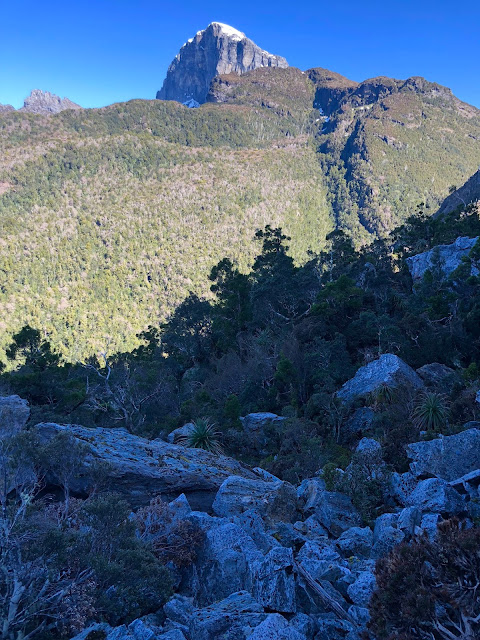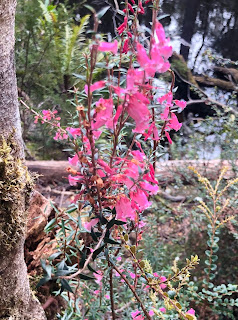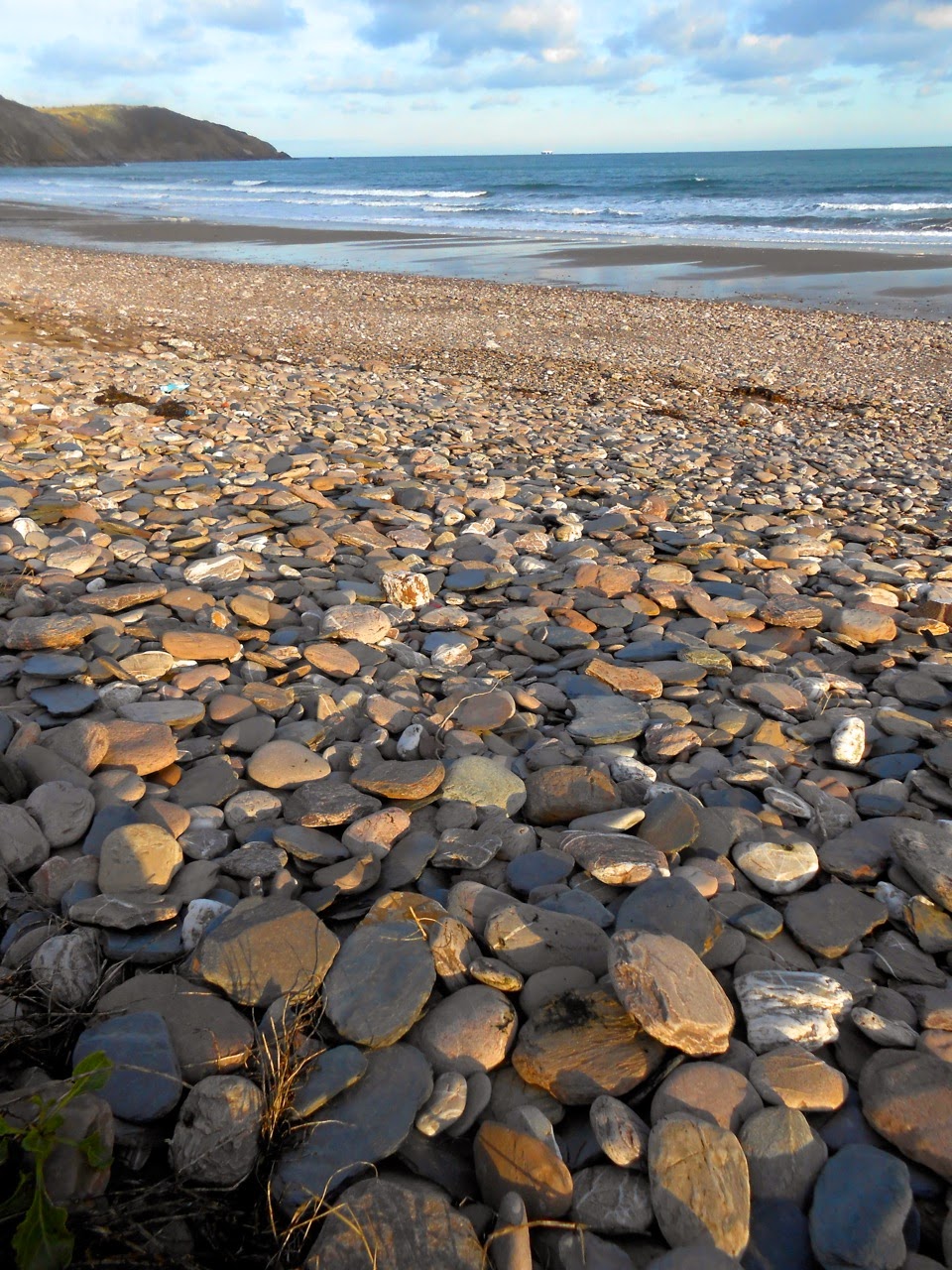Simon Kleinig
Thursday, 16 May 2024
Tuesday, 10 August 2021
Simon Kleinig
Simon was born in Adelaide, South Australia, where he has lived for most of his life. He spent 15 years living and writing in Britain, in London and for six years in Devon. During this time he travelled extensively throughout Britain, Europe, the Middle East, Israel, Egypt, Turkey and North Africa. In London, he immersed himself in volunteer work for The Royal Parks, The Gallipoli Association, London Legacy and Historic Royal Palaces. He was one of the original developers and leaders of the award-winning Garden History Tours at Kensington Palace, and has helped research and led several walks at Hampton Court Palace. He has also led walks for The Royal Parks in Kensington Gardens, Hyde Park, Green Park and St James's Park.
In Adelaide, Simon has worked as a volunteer guide at Old Government House in Belair National Park, a volunteer guide at Government House, Adelaide, a Garden Guide at the Adelaide Botanic Garden and as a legatee (volunteer) at Legacy SA & Broken Hill.
Simon has written for The Australian Times and London Legacy Newsletter in London, Wild magazine, The National Library of Australia News, The Royal Geographic Society of South Australia,The Trailwalker, The Tasmanian Historical Research Association, Tasmania: Forty Degrees South, The Tasmanian Tramp and Wartime (the journal of the Australian War Memorial).
Simon’s first book, Jack Thwaites: Tasmanian Bushwalker and Conservationist is a detailed biography of perhaps Tasmania's most famous and best-loved bushwalker. The book was published by Forty Degrees South in 2008 and was short-listed for the Tasmanian Book Prize.
A second book, Rambles in Western Tasmania is a collection of newspaper articles written in the early years of the 20th Century by Charles Whitham. The book was edited by Simon and published by the Tasmanian Historical Research Association in 2010.
His third book, Frenchmans Cap—Story of a Mountain was published in 2012 by Interactive Publications in hardback, paperback and kindle editions. The book has sold steadily over the years in all formats and remains the definitive reference work on Frenchmans Cap. The book has been used and recommended as a reference source by the Tasmanian Parks & Wildlife Service.
In 2016 he began fully updating and revising Frenchmans Cap, a long process which he completed in 2021. Copies of this very limited and numbered edition of the revised book were distributed to the Tasmanian Parks & Wildlife Service, to state libraries and to a handful of individuals, under the title Frenchmans Cap—story of an iconic Tasmanian mountain. A commercially-available edition of the revised book is expected to be released in 2025/2026.
In 2024, Simon completed a biography, Charles Whitham: Early intrepid bushwalker and gifted writer of Tasmania's rugged west coast, which is expected to be released at the end of 2024 or early 2025. Future projects include a new book on the history of Old Government House at Belair, which is expected to be released in 2025/2026.
REUNITED AFTER 50 YEARS
In July 2021 I picked up a message left on my facebook page by the son of a guy I was close friends with during my two years' National Service, between 1968 and 1970. Vince and I both served as conscripted riflemen with the 8th Battalion The Royal Australian Regiment. We were good mates, and served in Malaya and Vietnam, sharing lots of good and bad times together. Vince got married within months of our discharge in April 1970 and I was best man at his wedding in Sydney. I returned to life in Adelaide and sadly we lost contact with each other. Over the years I tried repeatedly to find Vince, but always unsuccessfully. Eventually, Vince re-established our connection through his son. We have now exchanged emails and we two former brothers in arms are now eagerly looking forward to catching up in person when I return to Australia in early 2022. We will be blowing the froth off at least a couple of beers, exchanging stories and catching up on a good deal of lost time. Life is full of surprises—some good, some not so good. This is the best news I have had for a very long time. It has been my experience that friendships forged in the military, tempered in the heat of battle, cannot be duplicated in civilian life. The depth of that friendship runs deep and endures.
Wednesday, 28 July 2021
Frenchmans Cap revision completed
A substantially revised and updated edition of the 2012 book Frenchmans Cap—Story of a Mountain was completed in May 2021. The revision took five years. The original book comprised 50,000 words. The revised book Frenchmans Cap—The Story of an iconic Tasmanian mountain, including footnotes and after editing, came in at 200,000 words. Produced by Hobart publisher FORTY SOUTH, the book is presented in lavish A4 format and contains a wealth of colour and monochrome photographs. A catalogue of maps, many produced specifically for this volume, supports and enhances the text.
The new book contains several new chapters, and all existing chapters have been revised and updated, some significantly. An important addition is a chapter entitled "First footsteps", which explains the important and timeless contribution made by Aboriginal Tasmanians to the Frenchmans Cap region. The chapter on surveyor James Sprent has been added to significantly and new and important information incorporated, including the revelation of who made the first recorded ascent of Frenchmans Cap in 1853.
Frenchmans Cap—The Story of an iconic Tasmanian mountain has been produced in a very limited edition of only 250 copies, signed and numbered. It will be distributed to libraries, the Tasmanian Parks & Wildlife Service and walking clubs throughout Tasmania and mainland Australia, and to some libraries in the United Kingdom, including the British Library. A commercially available edition will be produced some time later.
Friday, 2 August 2019
A Ramble in East Sussex
ON THE SOUTH DOWNS WAY
Wednesday, 31 July 2019
To Frenchmans Cap — October 2018
This was my ninth trip to Frenchmans Cap in the Western Tasmania World Heritage Area. I never tire of this amazing tract of mountain wilderness which attracts people from all over the world. For the first time in many years we had perfect weather — mild, calm conditions and clear blue skies. Our party of four included my younger son Richard. The rocky climb over weathered lateral ridges to the shattered quartzite summit was straightforward. On top hardly a breeze was stirring, an unusual occurrence on any 5,000ft peak, but especially on this one which regularly receives the full brunt of the Roaring Forties.
I've visited this mountain in all sorts of weather — enduring in turn mizzling, steady and driving rain, bone-chilling cold, sleet and hail and heavy snow. I've even seen Frenchmans Cap when the entire dome is shrouded in ice, and cascading rivulets are frozen in time into long, pendulous icicles — an unforgettable sight. But for me the ultimate experience is still to be had in fine, calm and sunny weather, when visibility stretches away endlessly in all directions to a hazy blue horizon and half of Tasmania opens up before you.
"If one could spend a night on the knees of the monarch, beside those quiet lakes, and watch the moon gradually light up the regal symmetry of the marble heights, the scene would form a vision of sublimity to remain in the mind for evermore." — Charles Whitham, 1914.






























































